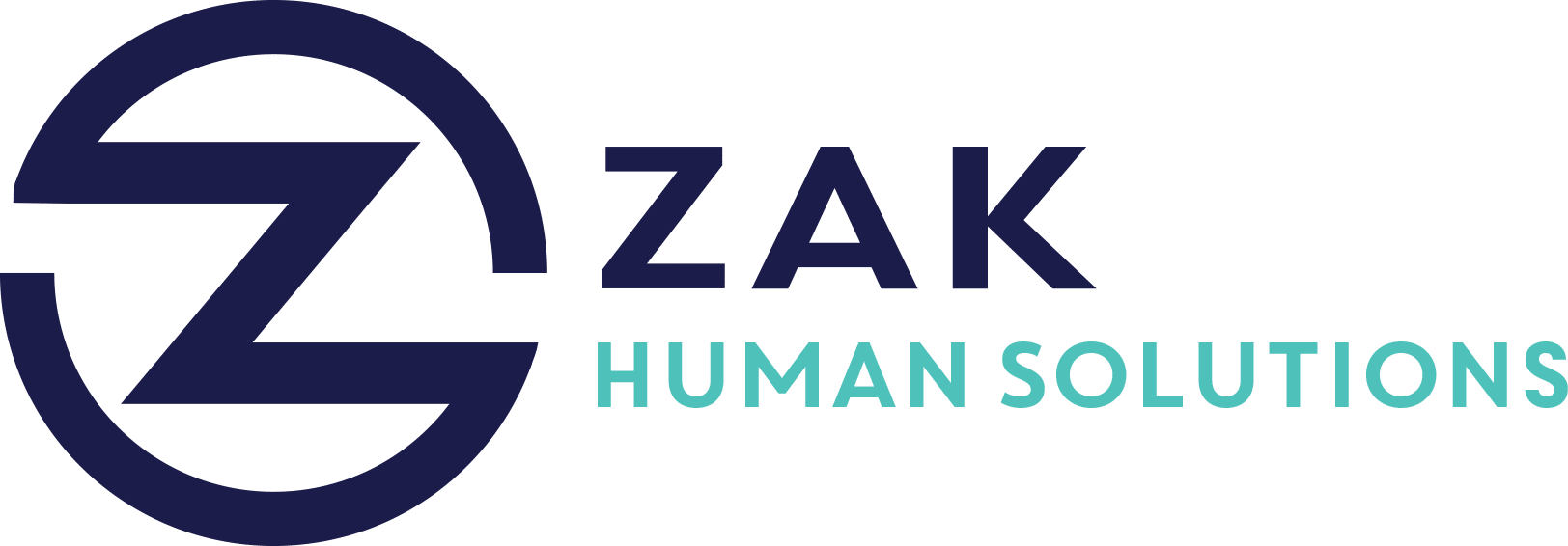As organizations navigate an increasingly complex business landscape, the well-being of employees has emerged as a top priority for leaders worldwide. Yet, despite this heightened focus, research shows that almost 60% of workers report struggling with well-being, and less than a quarter feel their employers genuinely care about their personal welfare. Amid this challenging scenario, two factors—meaning and purpose—often remain overlooked but hold the key to transforming workplace cultures and revitalizing employee spirits.
Understanding the Essence of Meaning and Purpose
In times of turmoil, a strong sense of meaning and purpose acts as a beacon, guiding individuals through storms of uncertainty and change. Neena Newberry, CEO of Newberry Solutions, emphasizes that recognizing both meaning and purpose can profoundly impact employee well-being. But how can organizations foster this sense of personal fulfillment? Here are strategies that successful companies have used to integrate these elements into their cultural fabric.
Building Personal Connections
1. Get to Know Your Team
Engagement begins with understanding. What energizes one employee might have no impact on another. Regular conversations about their passions enable leaders to identify the projects or roles that could be meaningful for their team members. This is especially crucial in a remote work setting, where spontaneous interactions are less common.
2. Draw Big-Picture Connections
Employees want to contribute to something larger than themselves, yet organizational changes can blur these connections. Leaders should actively communicate how individual talents are critical to overarching company missions. For example, acknowledging an employee’s strong problem-solving skills in launching a successful program underlines their invaluable role in organizational success.
Cultivating Focus and Fulfillment
3. Encourage Skill Utilization
Energy levels skyrocket when employees engage in work that leverages their strengths. Encourage conversations that help team members identify their “Big 3” skills—the ones that not only bring them joy but also align with key business goals—and ensure their work schedules reflect these priorities.
4. Facilitate Opportunities to Serve
The positive impact of helping others is extensively documented in research. Volunteering, mentoring, or coaching offers employees a chance to share their knowledge, fostering both personal satisfaction and professional relationships across the organization. Such programs create a win-win situation for mentors and mentees alike.
Nurturing Growth and Learning
5. Create Learning Opportunities
Professional development is crucial for employee retention, particularly among Gen-Z, who will soon dominate the workforce. Tailor learning and development programs to meet the needs and aspirations of your employees. By doing so, companies can satisfy the innate human desire for progress and improvement.
Taking Meaningful Action
Crafting an environment where employees find meaning and purpose isn’t merely beneficial—it’s essential. As your organization plans for the future, consider integrating these actionable steps:
- Initiate personalized one-on-ones to uncover what holds meaning for each team member.
- Align work schedules with prioritized tasks that are both meaningful and impactful.
- Encourage mentorship opportunities to foster growth and facilitate peer learning.
- Evaluate and adapt learning programs to address employees’ evolving needs and goals.
By embedding meaning and purpose into the employee experience, companies can boost engagement, resilience, and retention rates, ultimately nurturing a compelling workplace culture.




